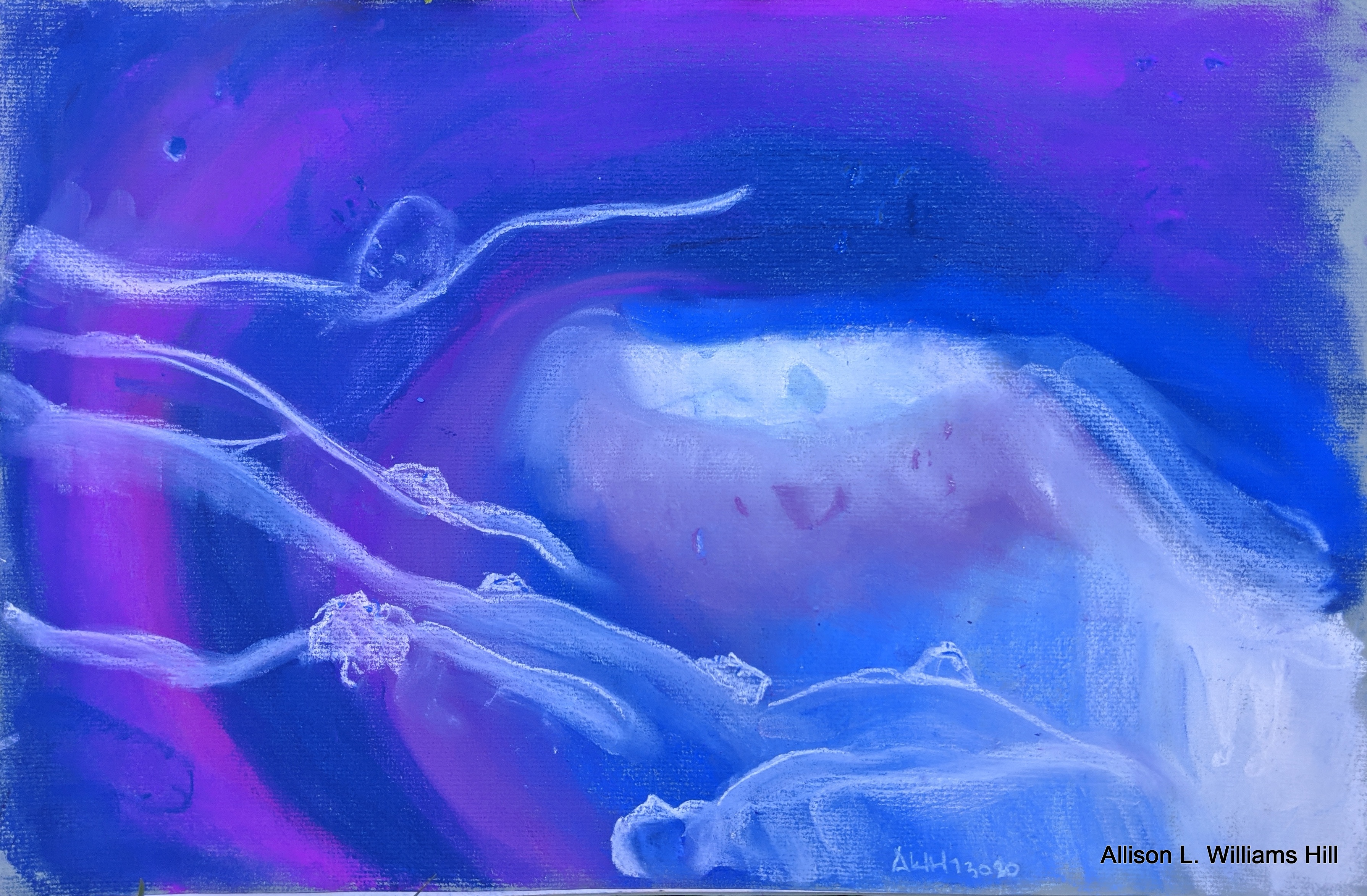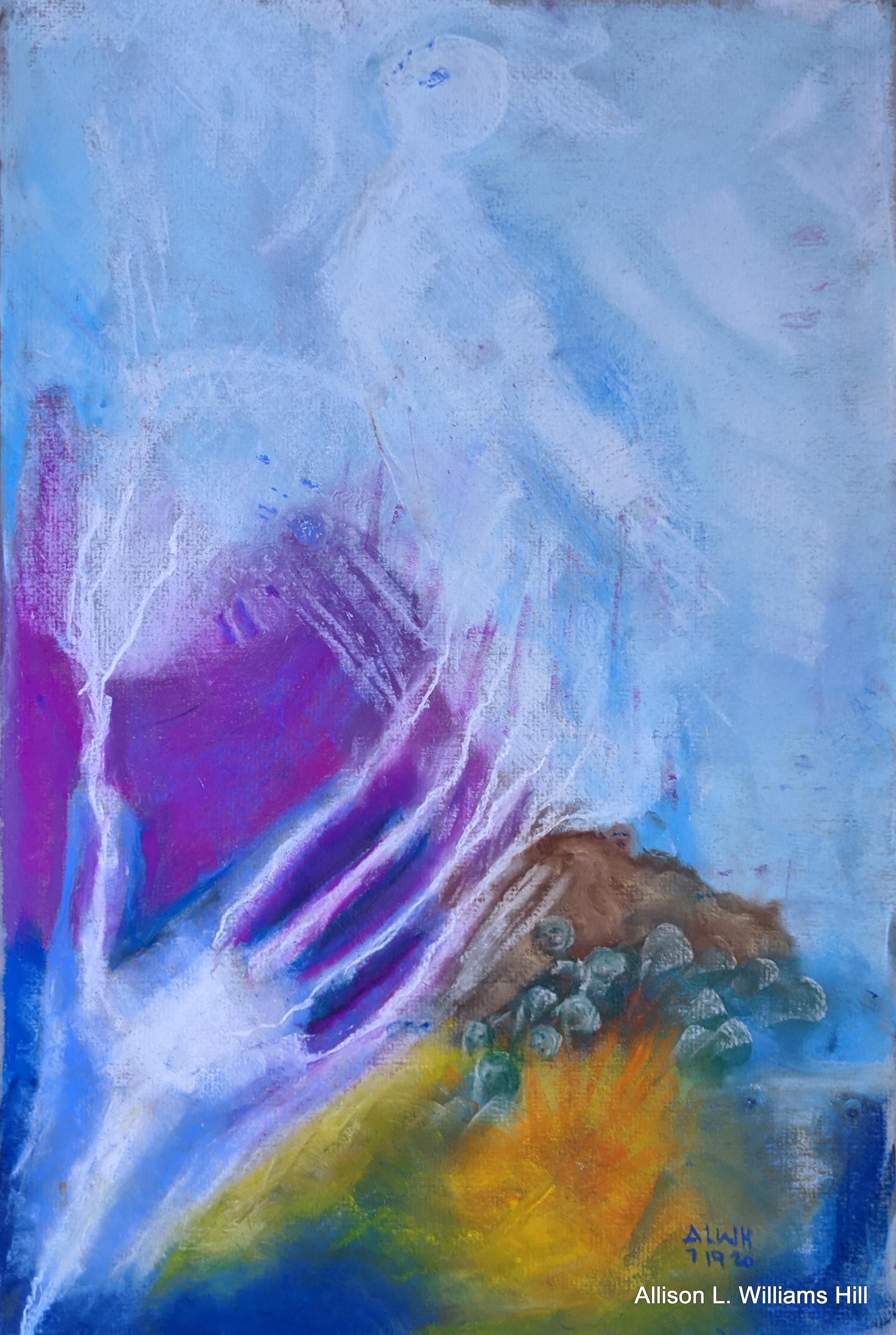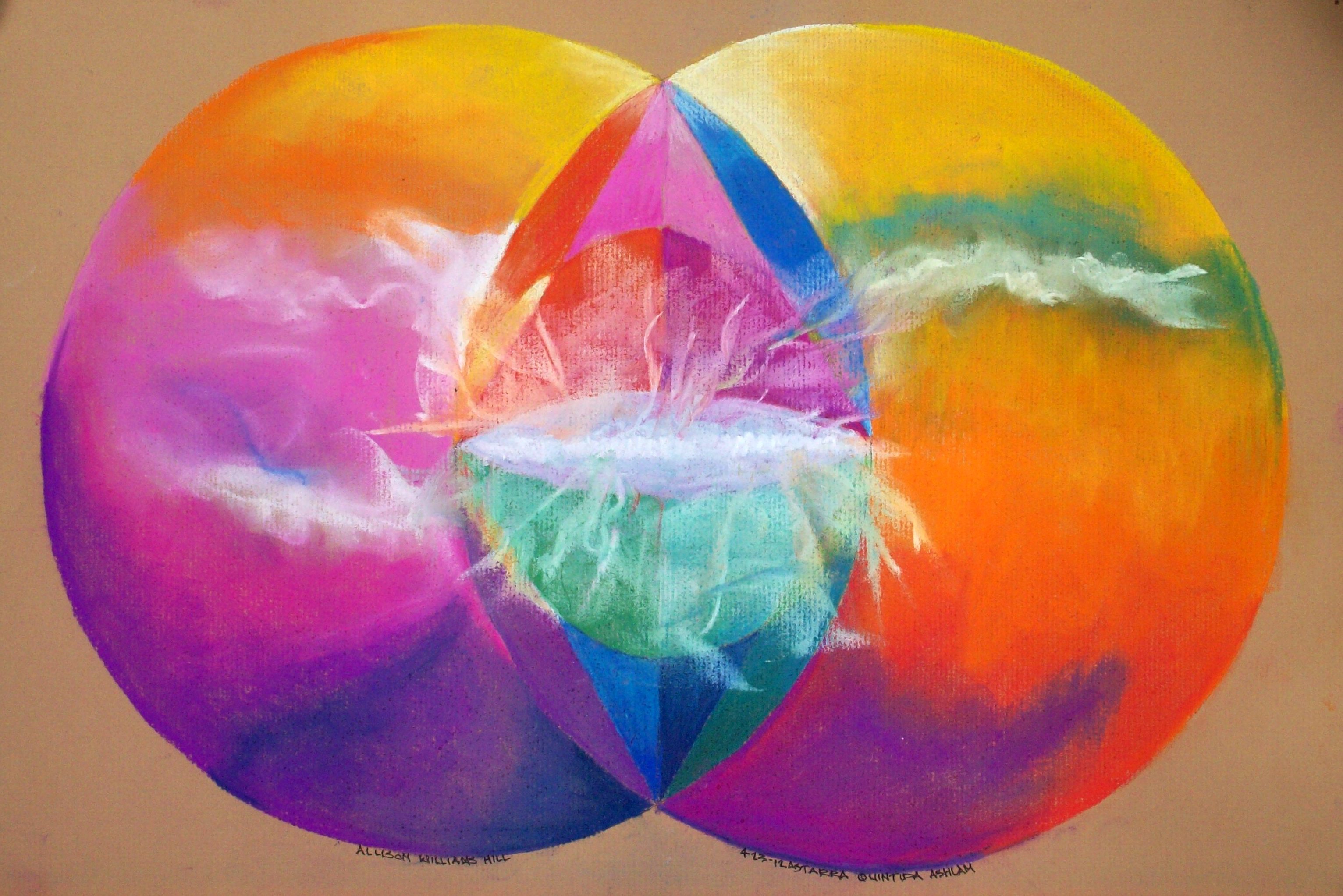Kwanzaa
The Matrix

thought of the Kwanzaa Matrix when I used Kwanzaa to close out the year in 2020.
The Principles of Kwanzaa are applied to goals and projects. Ask if the Principles are satisfied by the content and context of the project. Several of the Principles should be consistent with them if you apply the Principles to your life. If they don’t, there is the opportunity to adjust them; eliminate them, or remove the Principles as guidance altogether.
What is Kwanzaa?
The description of this holiday will be brief. There are several other websites that cover this in length. This holiday was placed in the calendar between Christmas and the New Year. Dr. Maulana Karenga understood the importance of Christmas for many Black families. This holiday can be observed after a holiday that is significant to many Christian-oriented people who are members of churches that celebrate with many activities that evoke “the reason for the season.” Kwanzaa focuses on Black heritage sans Christian beliefs, elevating everything that was African within Black people before enslavement, a celebration of bounty in Black lives; achievements; and strengthening connections in family; community, and pan-Africanism.

"Cradled" by Allison L. Williams Hill
Nguzu Saba: The Seven Principles of Kwanzaa
Each of the seven-day celebration focuses on a Principle. I use them to evaluate my goals and objectives. I find it is a great application because the ideas of the Principles are integral to my life and my work.
1. Umoja (Unity): maintaining unity as a family, community, and race of people.
2. Kujichagulia (Self-Determination): defining, naming, creating, and speaking for ourselves.
3. Ujima (Collective Work and Responsibility): building and maintaining our community—solving problems together.
4. Ujamaa (Cooperative Economics: building and maintaining retail stores and other businesses and to profit from these ventures.
5. Nia (Purpose): work collectively to build communities that will restore the greatness of African people.
6. Kuumba (Creativity): to find new, innovative ways to leave communities of African descent in more beautiful and beneficial ways than the community inherited.
7. Imani (Faith): the belief in God, family, heritage, leaders, and others that will leave to the victory of Africans around the world.
How to Use the Kwanzaa Principles for Goal Evaluation
I have multi-year plan goals personal and professional since 2013, revised each year. I only thought of using the Principles two years ago in addition to the evaluation process I developed.
Apply the Principles of Kwanzaa to projects. Ask if the Principles are satisfied by the content and the context of the project. Several of the Principles should be consistent with couple, a few or several projects.
I ask “Will (the goal)…” and apply the meanings each Principle to it. For example, one of my goals in the In-Vesica Health Program is for integrative health for returning veterans; help them reintegrate into society.
1. Umoja (Unity): What does this connect with or to?
2. Kujichagulia (Self-Determination): Under one's own own power, even bringing resources together, but the spear-header organized and
manifested the project.
3. Ujima (Collective Work and
Responsibility): apply to the users, the receivers - the customers - how
would the project be used?
4. Ujamaa (Cooperative Economics:
keeping revenue in the community longer; incorporating businesses owned
and operated by people of color.
5. Nia (Purpose): many projects can share a purpose. It could be the Mission Statement of a business organization.
6. Kuumba (Creativity): making the project.
7. Imani (Faith): "And it is so."

"Assistance" by Allison L. Williams Hill
I ask “Will (the goal)…” and apply the meanings each Principle to it. For example, one of my goals in the In-Vesica Health Program is for integrative health for returning veterans; help them reintegrate into society.
Will Umoja (maintaining unity as a family, community, and race of people) support integrative health for returning veterans and help them reintegrate into society? Yes, it would. How? The goal can be broken down into objectives. The health program would be available to an individual or an entire family to assist all in the veteran’s reintegration process.
Will Self-Determination support integrative health for returning veterans and help them reintegrate into society? Yes, it would. How? The acceptance of Collective Work and Responsibility is required for program to assist in for the acceptance of the program. Family members plan meals together; experience movement together, and agree to and implement habits to improve the health and happiness of the participants. This is continued with all of the Principles.
What White People Want to Remember About the Creator of Kwanzaa
There is an article I came across called “Kwanzaa: A Fake Holiday With A Racist Goal, Created By A Criminal Madman” by Jeff Dunetz. This is easy to find. The author’s petty rebuke of an added “a” in Kwanzaa is to delegitimize the effort and its purpose. I saw in other articles that Dr. Karenga was convicted of a crime, torture, of two Black women. It seems that he feels he is informing Black people of this man’s transgressions and it should be a reason to not include this holiday in their lives. This author declares, as written in the title, that Kwanzaa is a racist, segregationist campaign like Neo-Nazi beliefs.
Dunetz’s writing reminds me of all of the whites who made it their mission to remind Black people that “Wakanda isn’t real.” Black positive feelings brought out the closeted white racist haters en masse. Slap it down. Slap it down quick by making them look stupid for enjoying a movie, for being excited about returning to books and other resources and being reminded about Mansa Musa, other Africans, and kingdoms that actually existed.
Dunetz sees harm in Black people celebrating themselves. I felt this when I look at history and Black people’s place: if it doesn’t look white; if it doesn’t speak or sound white, and if it doesn’t dress white, it is a threat. Black women’s hair; Black people’s dress, and how Blacks spoke were acceptable as long as we sounded like THEM. Those days are over. No more stopping our self-expression.
Terry Gilliam was a member of Monty Python whose movies I liked. His evil scowling face, photographed when he made a comment about the movie, The Black Panther, was distasteful. It’s none of his business who thinks Wakanda is real. What all of that showed was Gilliam had nothing on that film. IT’S THE IDEA, YOU IDIOTS! A movie was made! An imagined idea was made visible! That is how we create! Similarly, Kwanzaa was something a Black man created to celebrate Blackness and, despite Dunetz’s pronouncements, it is celebrated in other parts of the world. It does NOT HAVE TO BE CELEBRATED IN AFRICA BECAUSE THEY WERE NOT DISPLACED! MY ANCESTORS WERE!
Resource
Links

The above meditation mandala will be available soon.


